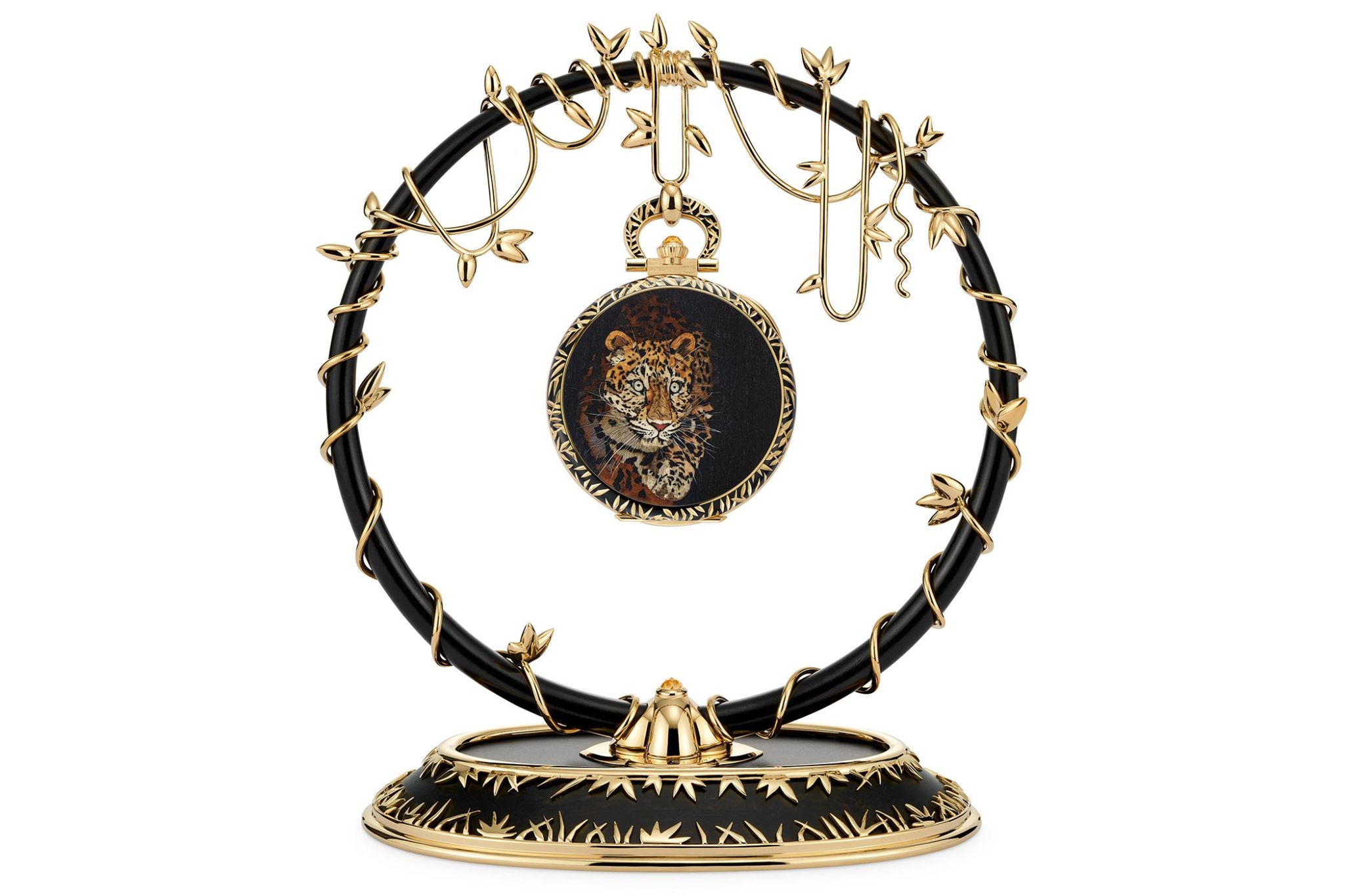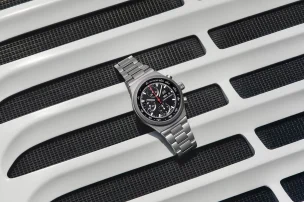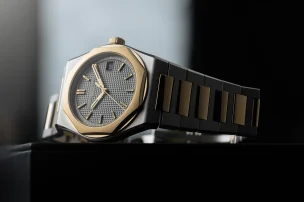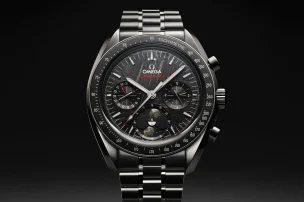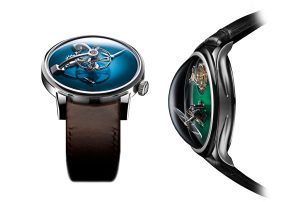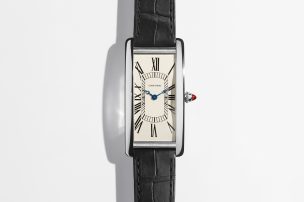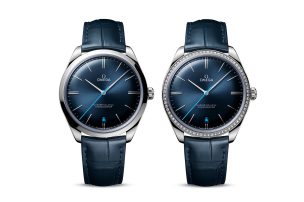

The Power of Dreams: Exclusive Novelties From Patek Philippe’s “Rare Handcrafts” Series
A leopard and a scene from a historic car race. Ultimately, these two timepieces from the house of Patek Philippe, for which the description ‘novelties’ somehow sounds far too trite, show much more. As part of the ‘Rare Handcrafts’ 2023 collection, they stand for the pursuit of perfection, for the preservation of watchmaking and jewellery techniques, some of which are thousands of years old, and above all, for the realisation of dreams. With the pocket watch Reference 995/137J-001 – the ‘Léopard’ – and the Calatrava Reference 5189G-001 – the ‘Grand Prix des Nations – 1948’ – Patek Philippe is at the decorative pinnacle of what is humanly possible. Those who only look at their watches when they want to read the time will have little use for this kind of horology. But for everyone else, these two references take them on two very different journeys of thought.
Full throttle into the past: The “Grand Prix des Nations – 1948”
Many collectors are as passionate about timepieces as they are about cars. So, it is only natural to bring the two together. Reference 5189G-001 takes us directly to the world of classic cars, more precisely to the 1940s and the ‘Nations Grand Prix’, which was held in Geneva from 1946 to 1950. It was the first circuit race in Switzerland following the Second World War. For more than 80 laps, the drivers raced through Geneva in 1948 on an approximately three-kilometre-long city circuit, from the Avenue de France via the Avenue de la Paix to the Rue de Lausanne. In the end, Giuseppe Farina won in his Maserati. It was a car race that distracted from the suffering of recent times and told of the dawn of a more joyful era. The craftsmen of the manufacture capture the racing atmosphere of that time on the dial: two daring pilots steer their cars along Lake Geneva, the houses on the shore stand out against a mountainous backdrop in the background, and in the lake, the Jet d’eau fountain shoots the water up to a height of 140 metres. All this can be seen on the dial, which is only a few square centimetres in size, in a Calatrava case with a Clous de Paris border. It is a dynamic, romantic motif, but above all, it showcases the finest level of enamel craftsmanship. To bring the motif onto the dial with such finesse, Patek used cloisonné and paillonage techniques.

For the former, the dial is first guillochéd and wafer-thin gold threads are applied; in the case of this reference, a total of 40 centimetres of thread were used to ensure that the 17 different colours did not mix. The racing car number 2 was additionally finished with the paillonage technique, which means using a translucent enamel under which a silver leaf enhances the effect. Twelve to 13 kiln cycles at 820 degrees Celsius are required, each one a stress test for the dial, meaning that traditionally, the reject rate is high with this type of grand feu enamelling. What remains in the end, however, is a unique piece of craftsmanship. Its colours do not fade over decades, and the dial tells the story of a car race from Patek Philippe’s own home town. In keeping with this, both the hands and the bracelet are perforated in the style of gentleman racer’s gloves. In the midst of all the fine work on the dial, it should not be forgotten: the movement relies on the proven ultra-thin 240 automatic calibre.
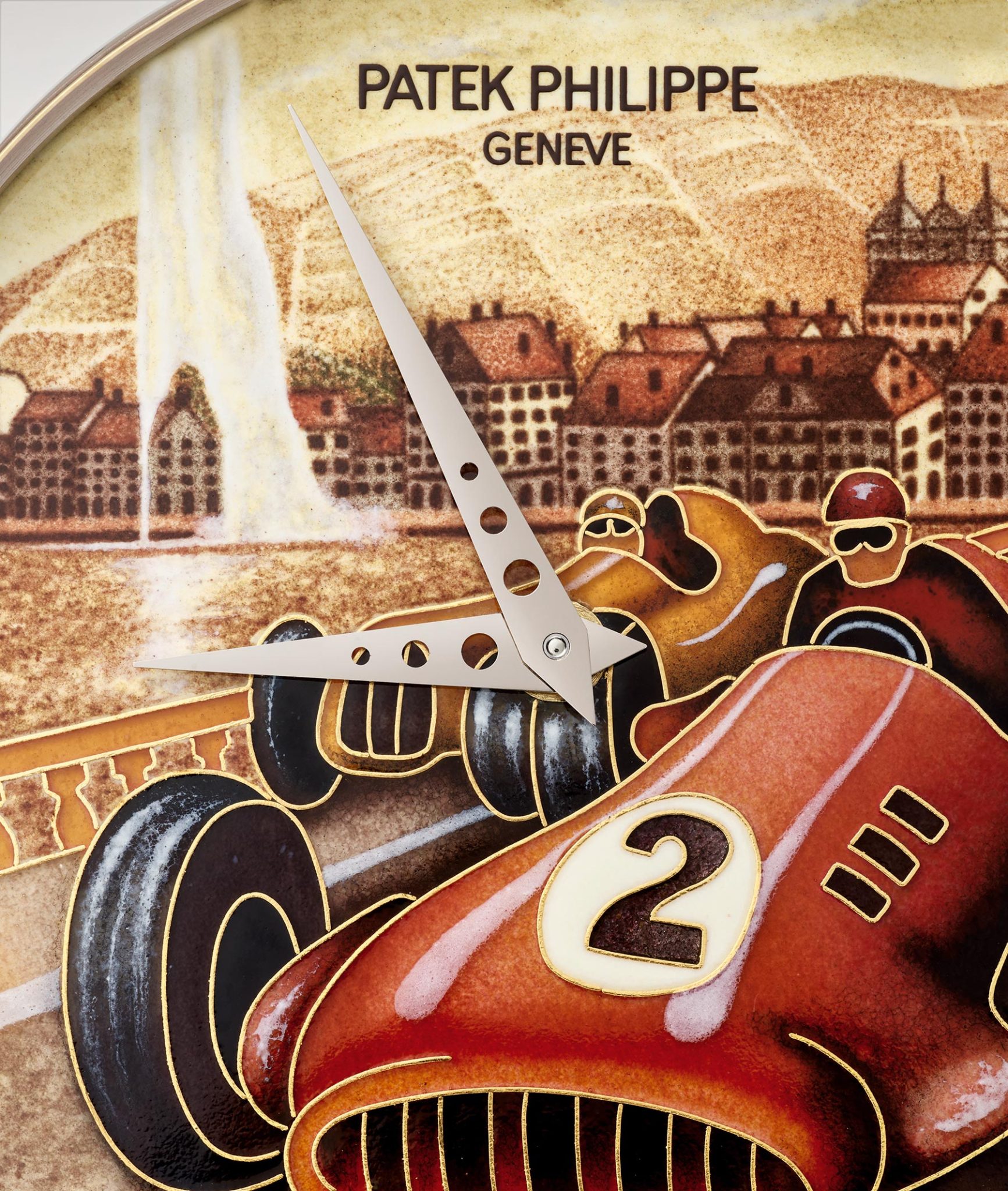
Just ten examples of these Calatravas, which are so complex to produce, are made for the collections of a few lucky people. They can then indulge in the feeling of knowing that enamelling is a technique that is over 3,500 years old, and is executed to perfection in this timepiece.
Adventurously beautiful: the Léopard pocket watch
With ‘Rare Handcrafts’ creations, one usually moves into the outermost spheres of the Patek Philippe galaxy, into a region that will remain closed to the vast majority of watch collectors. Compared to the aforementioned already very limited Calatrava, things now get even rarer: the Reference 995/137J-001, whose epithet ‘Léopard’ does much more justice to its exciting beauty, is a unique piece.
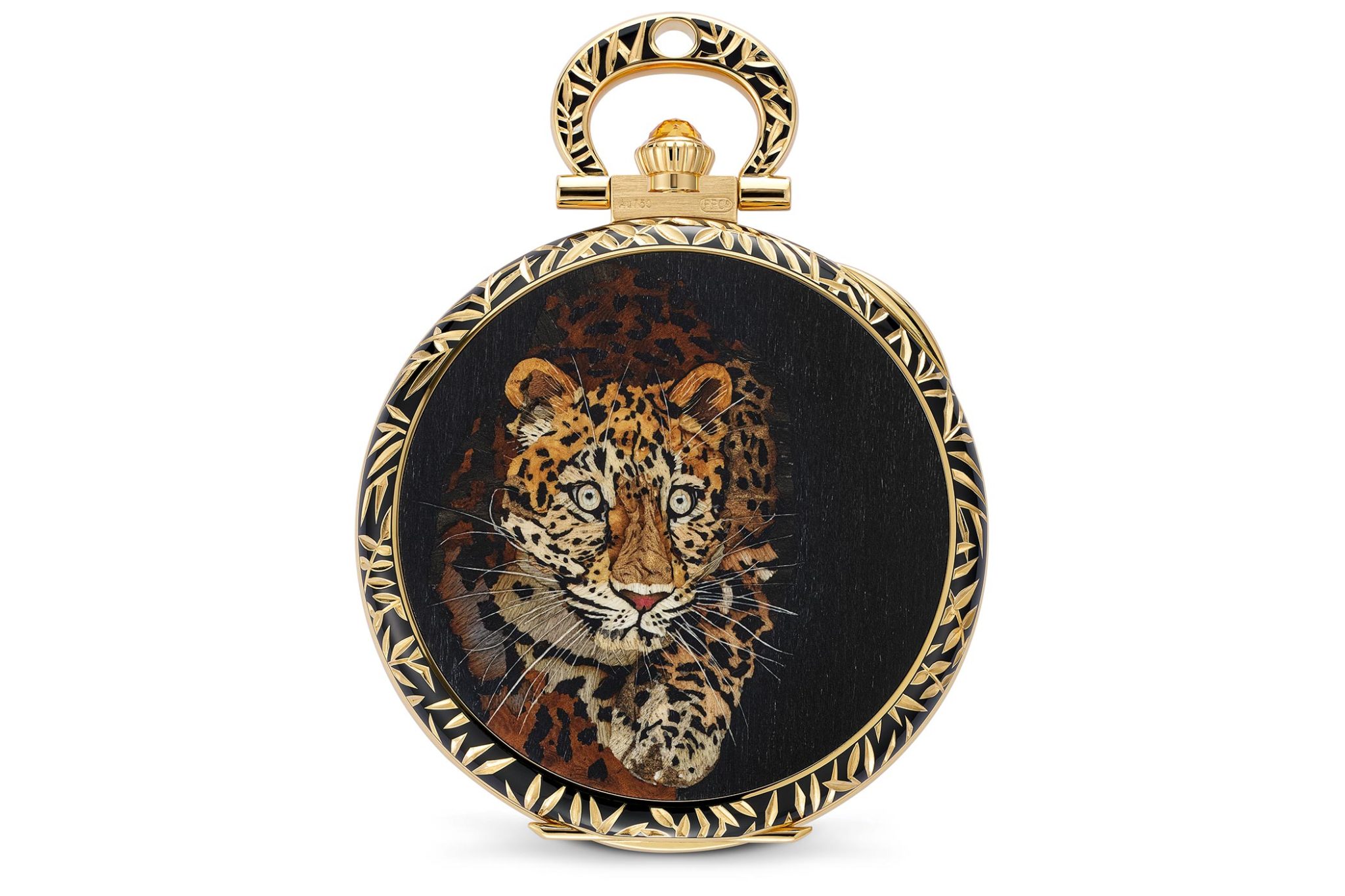
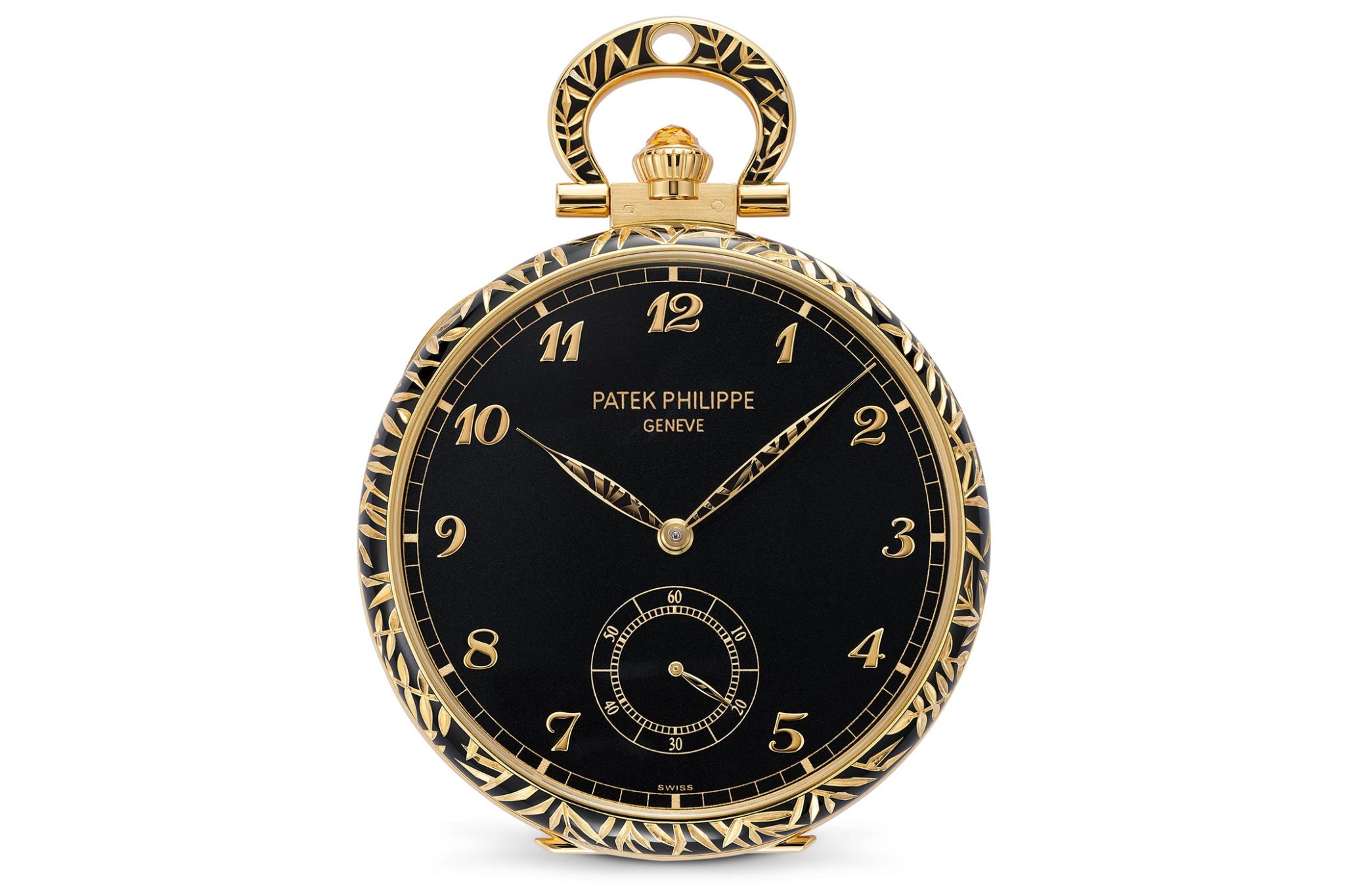
The sight of it in the wild is thus almost impossible. From 1 to 15 April, it will be on display together with almost 70 other exceptional watches in the ‘Rare Handcrafts’ exhibition at the Geneva Salon on the Rue du Rhone, but after that, the sighting of a true leopard in direct comparison is much more likely. One thing is certain: in a world that is moving ever closer together, the desire for the extraordinary is growing. This can be a trip to a corner of the planet that is as remote as possible, a photo safari in Africa, for example – or a unique watch like the ‘Léopard’.
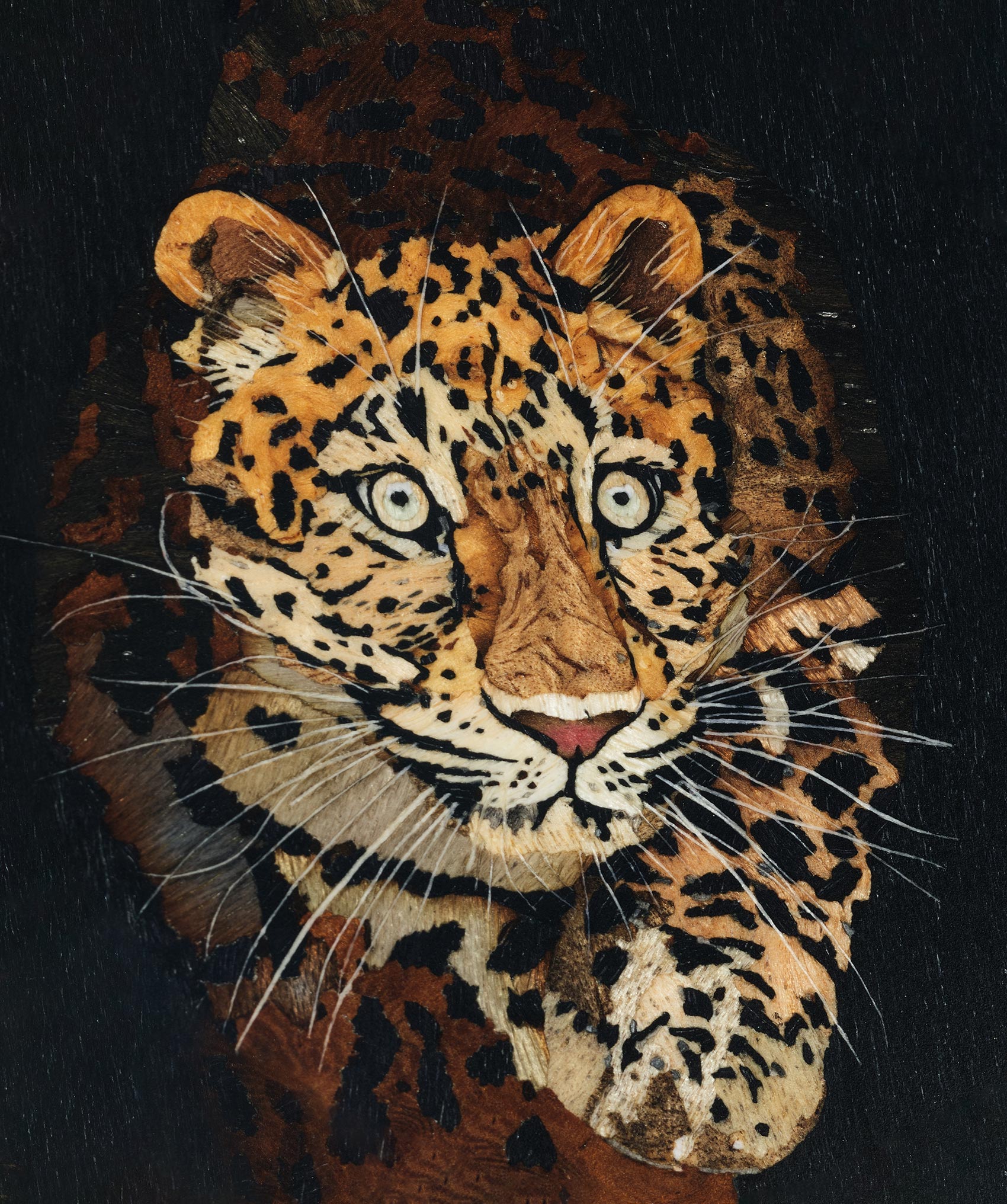
Pocket watches are considered by connoisseurs to be an absolute top division for collectors, and Patek Philippe in particular has long used these timepieces as a canvas for showcasing the decorative arts. For this specific model, the technique of champlevé enamelling, also known as pit enamelling, was used, as well as hand engraving and, above all, work with wood inlays. The leopard on the pocket watch looks out of the darkness into the world in an almost lifelike manner. To achieve this effect, 363 tiny veneer particles and 50 inlays of 21 different types of wood in various textures, colours and veining were put together. The rim of the caseback, the brackets, and the bezel on the dial side are decorated with a pattern inspired by tropical foliage, using the champlevé technique. For this purpose, recesses are worked into the case, which in this case are filled with black enamel and thus stand in stark contrast to the yellow-gold sheen of the rest of the case. A magical effect and an art that is rarely used today.
The “Rare Handcrafts” models: A show of performance and preservation of tradition
As exclusive as these two models may be, the market for such models is niche, and above all, one must account for the great effort that Patek Philippe makes year after year. One could certainly make life easier for oneself in the manufacture, especially since only a few people still master the techniques used for the ‘Rare Handcrafts’ models. The fact that they continue to produce watches of this class probably says more about the self-image of Patek Philippe than some of the Grande Complications of the horology house. They are both a show of achievement and a preservation of craftsmanship, they bear witness to a deep belief in the beauty of life and the finesse of watchmaking, and they are the horological proof that mankind is not looking for the greatest possible uniformity, but for the uniquely special in each individual’s life.
